The Agentic Era: Bringing Clarity to Chaos
The slides and story from my recent talk at the Google for Startups AI Summit
Last week, I had the privilege of speaking on the opening day of the Google for Startups AI Summit. Being in a room surrounded by the energy of so many incredible founders working on ambitious, world-changing ideas was truly inspiring.
I spent a lot of time putting together my slides for the talk (and yes, I had a bit of slide anxiety the night before!), but I couldn’t have been happier with how it turned out and the amazing questions and discussions that followed. I wanted to share the slides with all of you, along with a bit of a "voice-over" to add some extra color.
You can view the full slide deck here: The Agentic Era
The Impromptu Intro: What Boxed Software Taught Me About AI
I ended up going off-script right at the beginning. In the session before mine, a speaker talked about how technology is just a tool to deliver value, and she mentioned "boxed software." This threw me all the way back to my first job out of university as a PM at Microsoft, working on Outlook.
So, naturally, I had to check: was the release I worked on sold in a box? Google AI Overviews confirmed it was! But the interesting part was the why. Office 2013 was sold in a box, but the box contained a digital download key, not a physical disc. Microsoft did this to "meet the user where they were." Consumers were still used to buying software in a physical store, so the box provided a familiar bridge to a new, digital reality. It was a perfect, impromptu reminder that even when you have breakthrough technology, the user experience comes first.
The Great Overwhelm & The Messy Middle
After that, I moved on to how I start most talks these days: by stating that I truly believe there has never been a more exciting time to be building. More powerful models lead to better tools, which allow more products to be created. This powerful pattern is accelerating at a dizzying pace.
But this is where I think it’s crucial to acknowledge the flip side: there has also never been a more overwhelming time to be building. The pace can feel impossible to keep up with, and the hype can make the real, messy work of 0-to-1 building feel scary and frustrating at times. I find it helpful to just name this, so that my teams - and heck, even myself - feel less like they’re doing something wrong. The messy middle is the reality, not an exception.
The Rapidly Expanding Capability Horizon
Now that we’ve named the overwhelm... time to get hyped! Because we are living in an era I sometimes think of as the Rapidly Expanding Capability Horizon - that ever-expanding line where breakthrough possibilities become commercially viable to build with.
This is where I had to dive into the amazingness of nano-banana. It's more than an image model; it's a leap forward in creative control because of four key capabilities:
Seamless Composition: The ability to weave multiple images into a single, cohesive one.
Conversational Editing: Refining your work through natural dialogue, not complex tools.
Intuitive Control: Understanding spatial directions and context.
World-Aware Intelligence: Applying real-world knowledge to create authentic results.
And as I always say when I show these examples: as impressive as this is, this is the worst this technology will ever be!
So... How Do You Actually Build Agents?
From the magic of image models, I shifted to how these capabilities get even more powerful when you start chaining them together, which is what we're exploring with Opal. Then, of course, no agent talk is complete without a demo of Project Mariner, an agent that can navigate the Internet.
But the real question everyone wants to know is: how do you build for this new world? As a Product Manager, I find myself constantly returning to a few core frameworks. In the talk, I highlighted three of them (which you might recognize from my recent posts: How I Think About Agent Design as a PM: 5 Product Frameworks and The Agent Design Mindset: 5 More Product Frameworks):
Anatomy of an Agent: Thinking about the core skills, tools, and memory your agent needs.
The User Interaction Spectrum: Deciding where a task falls on the "Do It With Me" vs. "Do It For Me" continuum so you can design the right user experience around it.
The Inverted Triangle: The importance of starting with a big, ambitious vision and then scoping down to iterative launches. Helps avoid incremental thinking while still showing tangible progress.
The Real Work: Stay Curious & Keep Building
I ended with a simple call to action: get your hands dirty. Reading about all this will only get you so far. It's only through the act of building - of tinkering, of running into unexpected problems, of having those small "aha!" moments - that we can truly develop an intuition for where this is all going. That's why my list of side projects has now grown to ten and counting!
As amazing as it was to give this talk, the best part for me was the energy in the room and the incredible questions that followed. It's a reminder that we're all figuring this out together, and the future is being built, right now, by people asking the right questions.



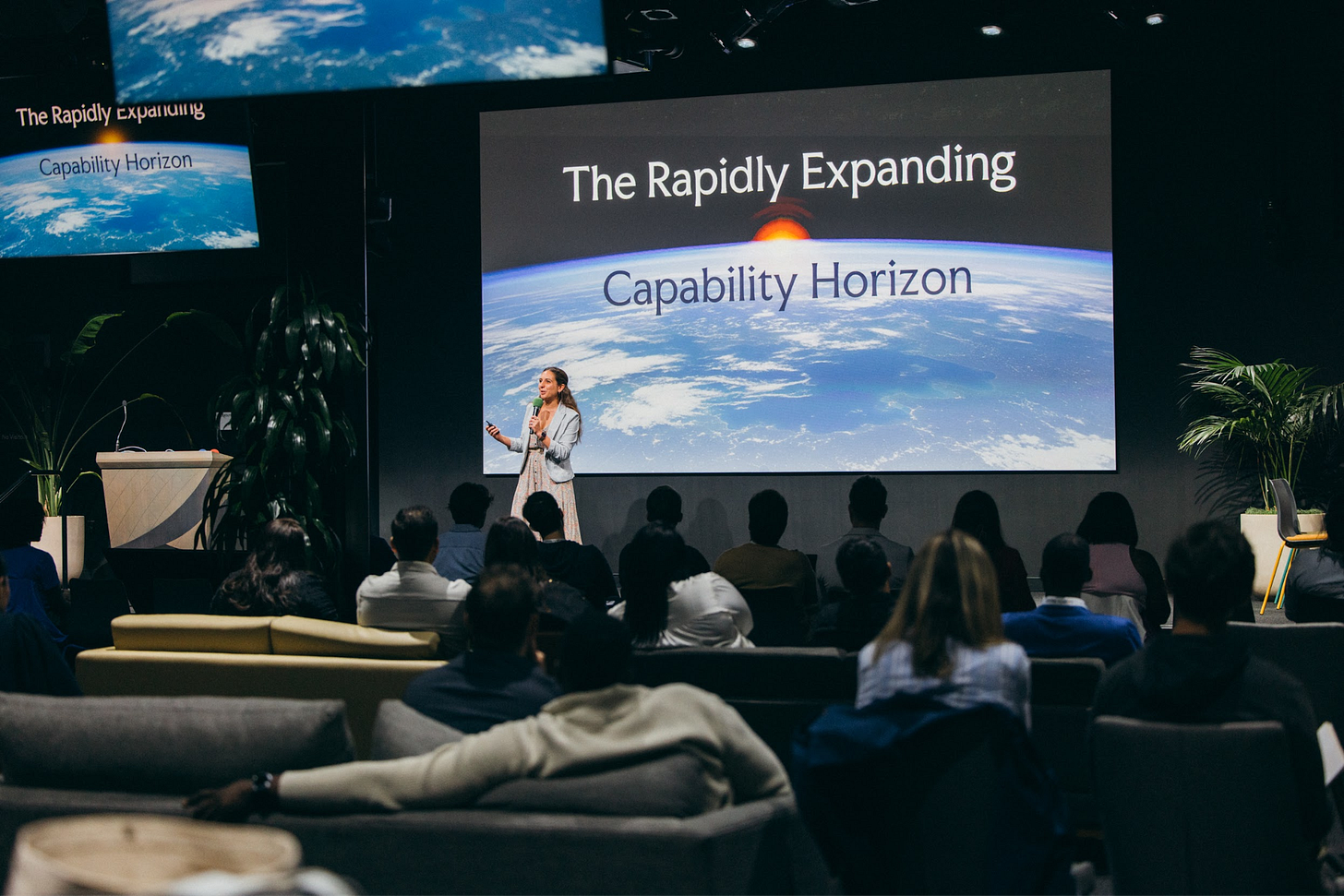


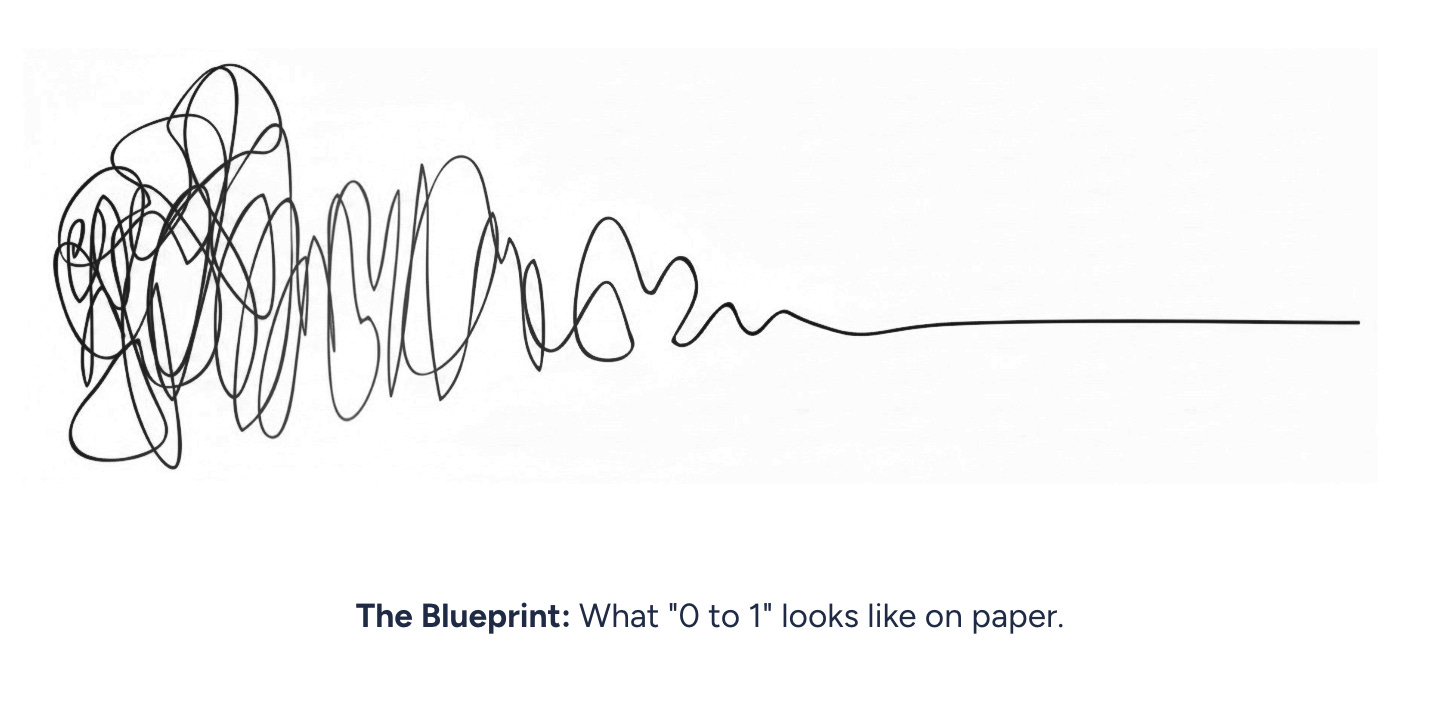
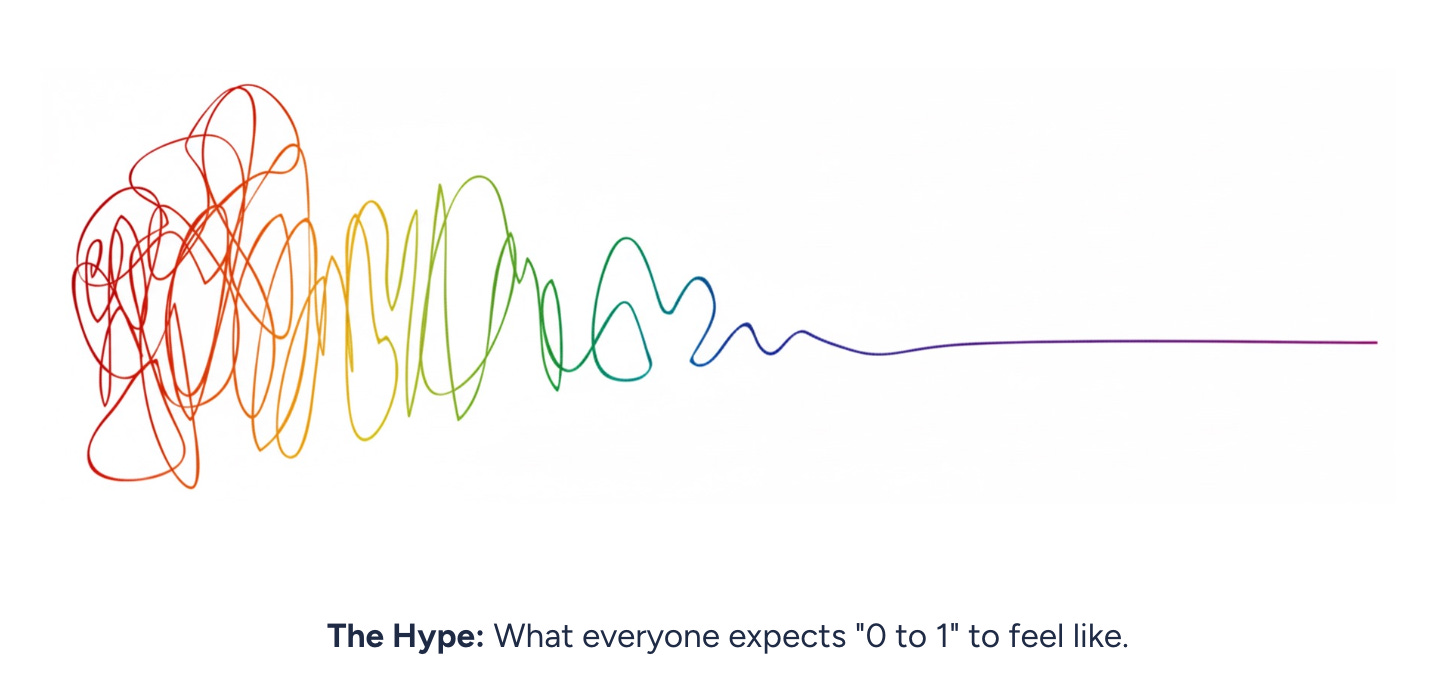
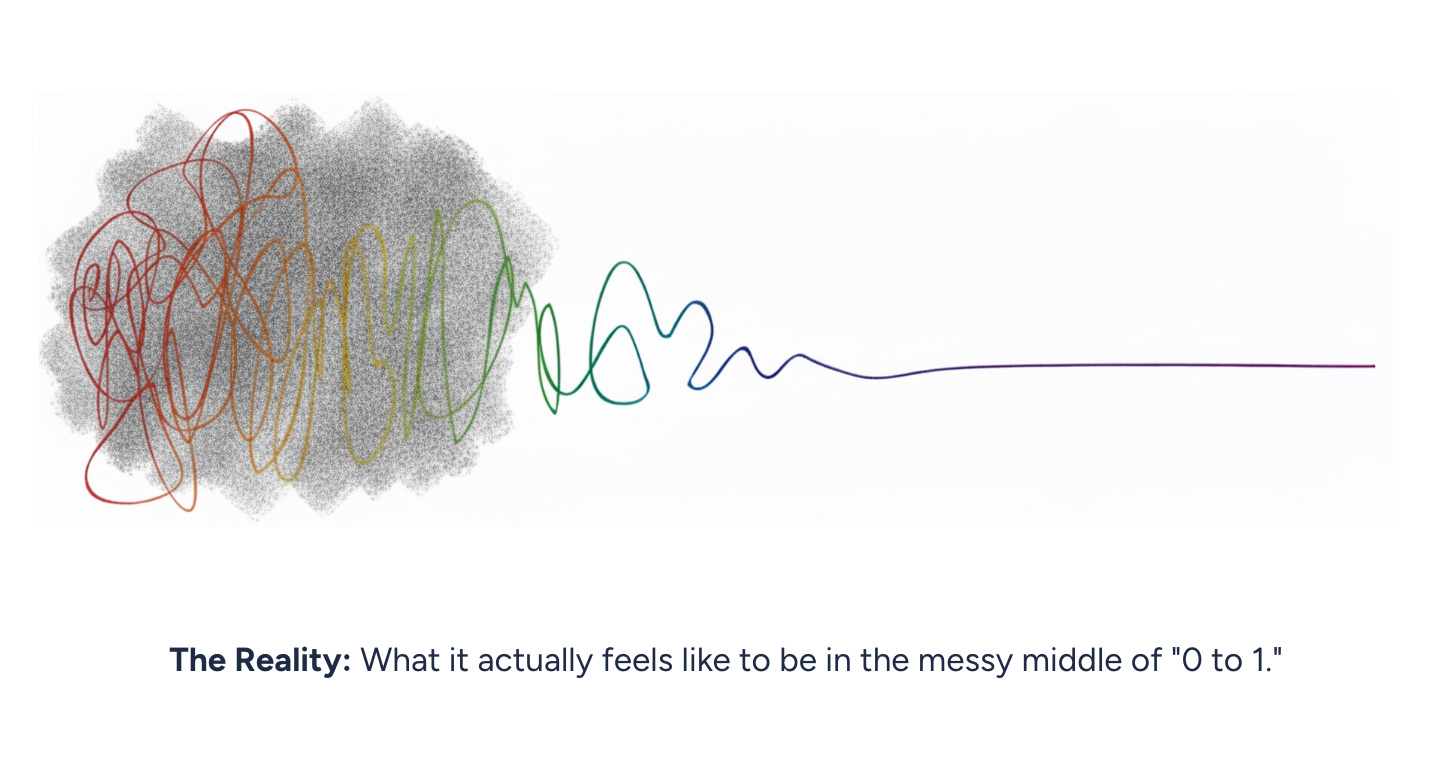
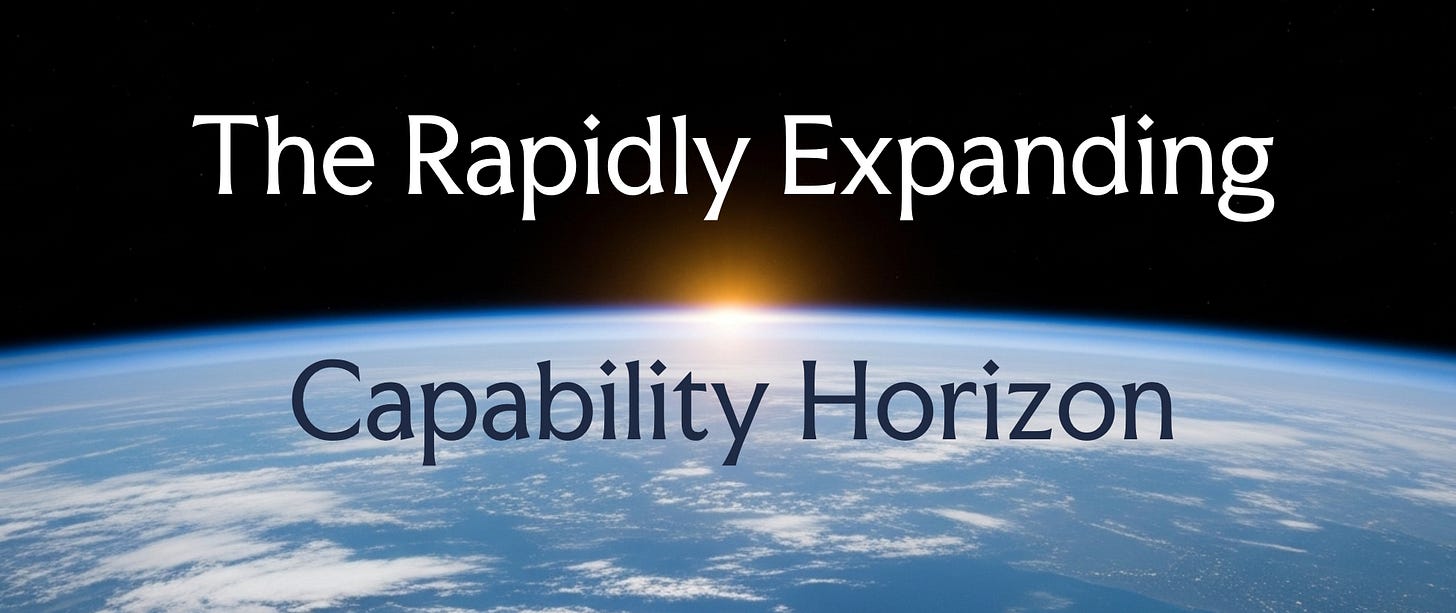


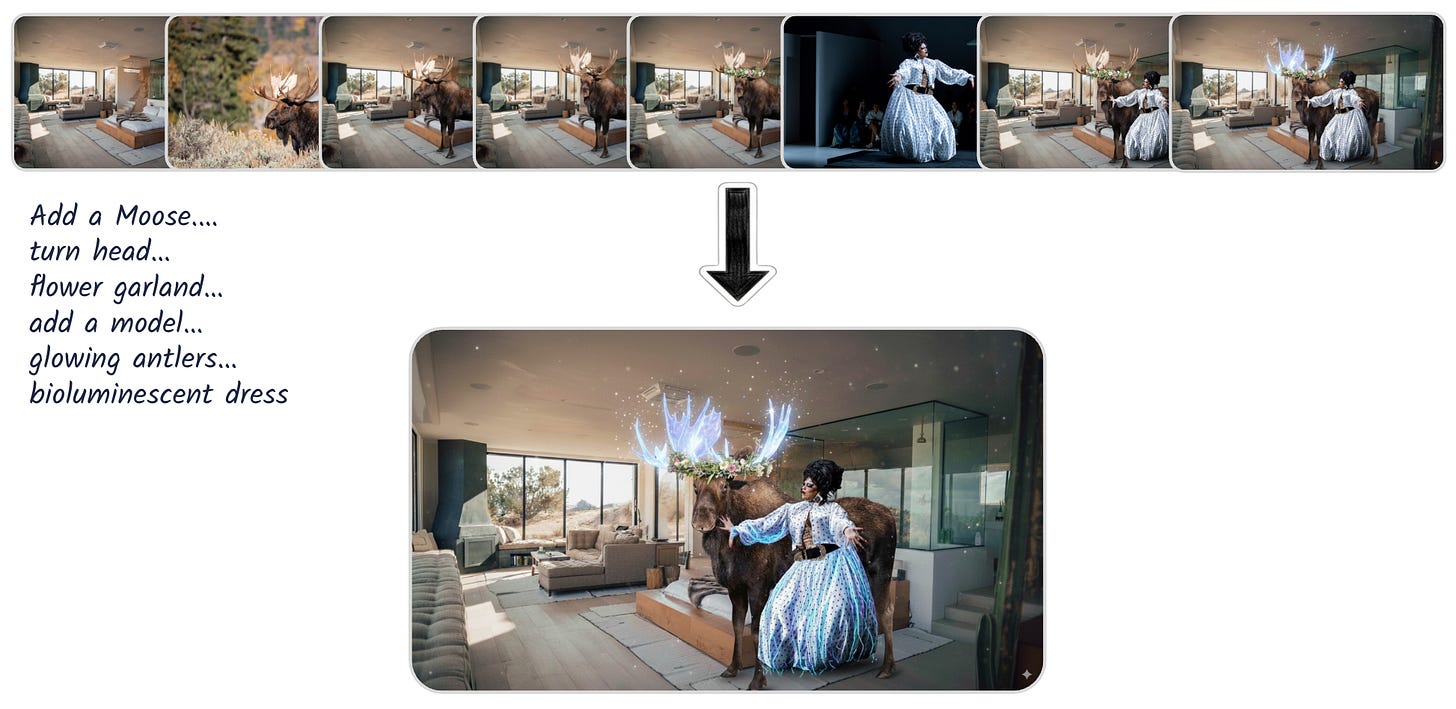

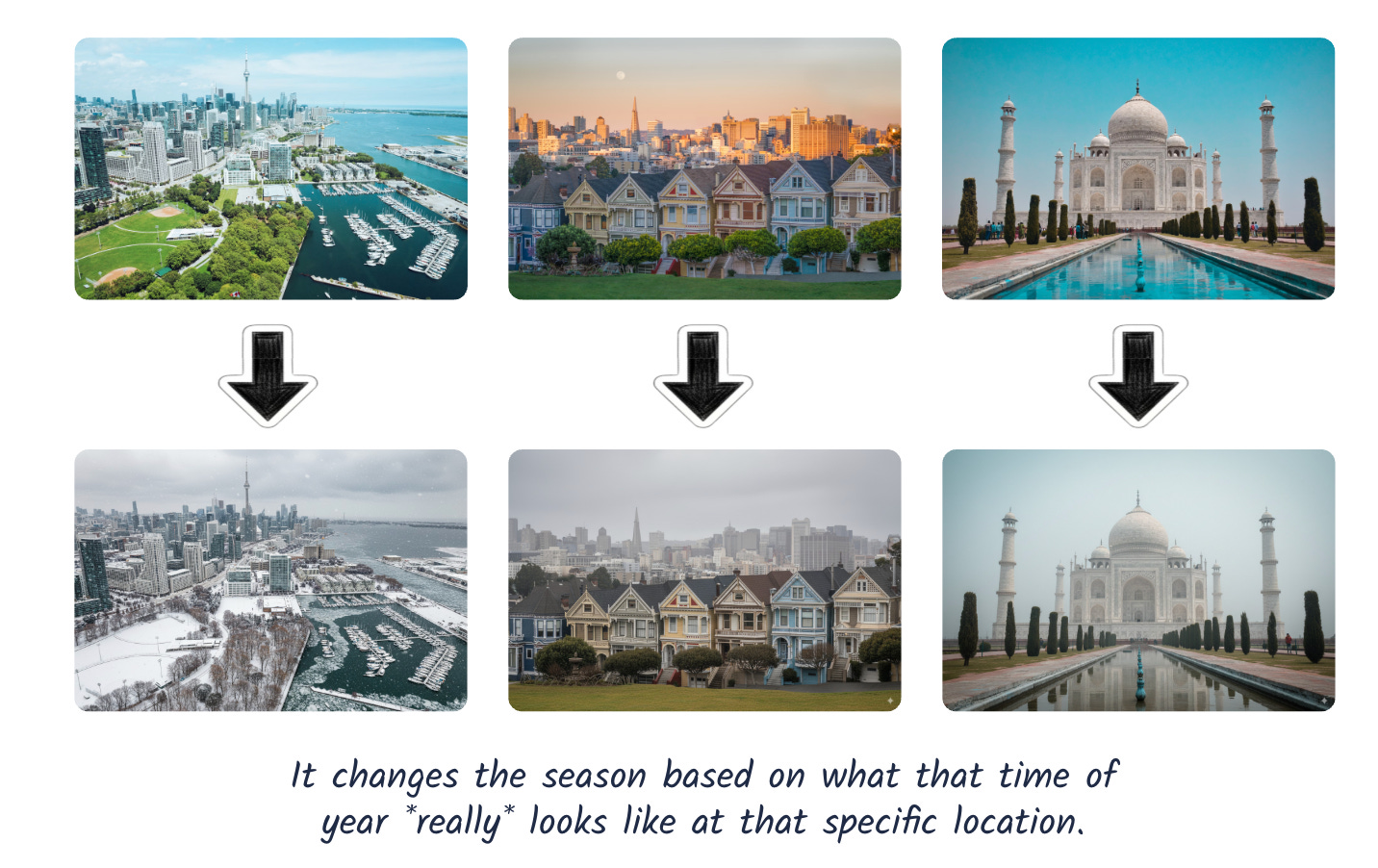
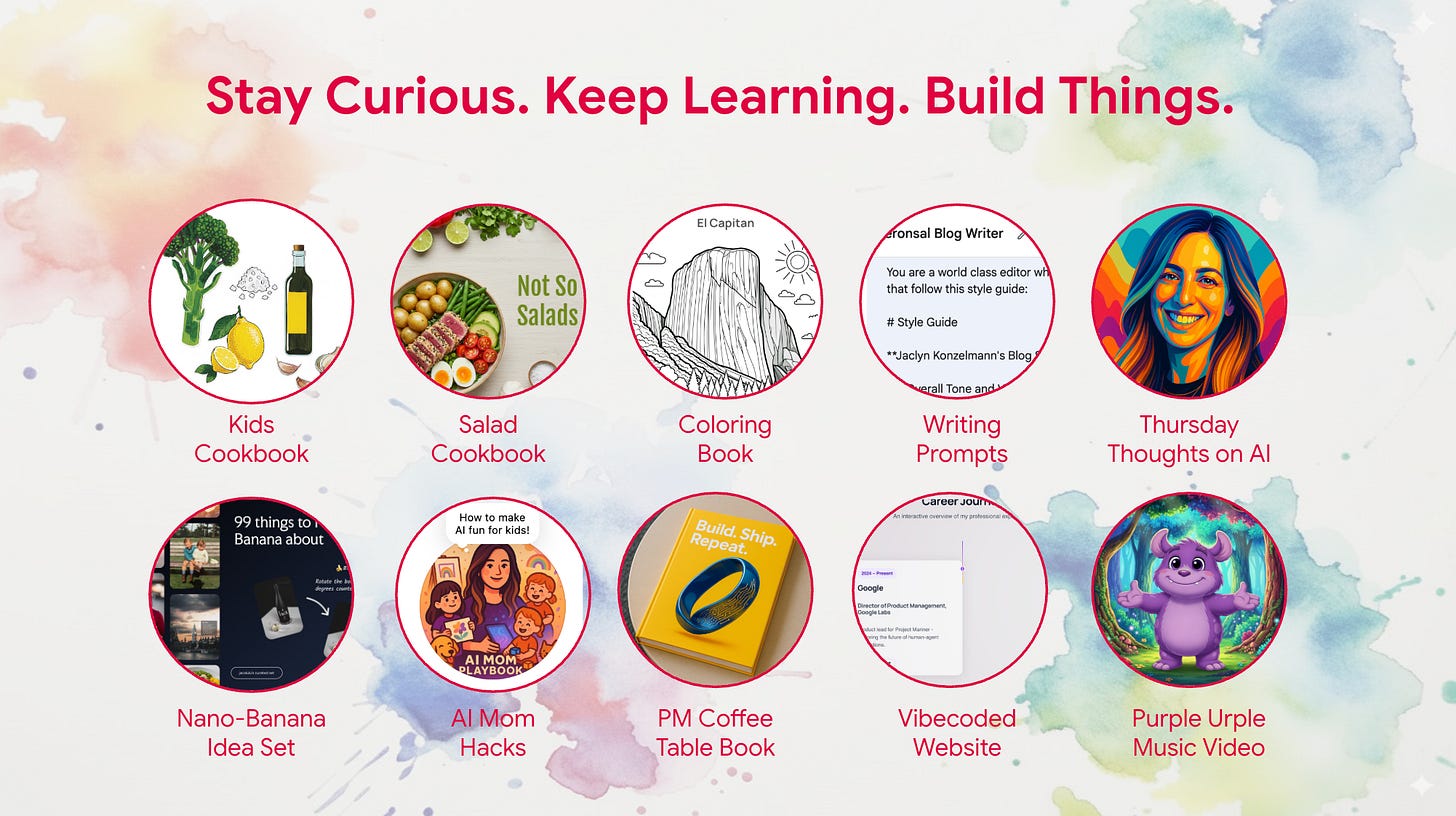
What nano-banana can do is incredible, and I love that you said this is just the beginning for it. There's so much to build and I appreciate your POV and sharing your talk with us!